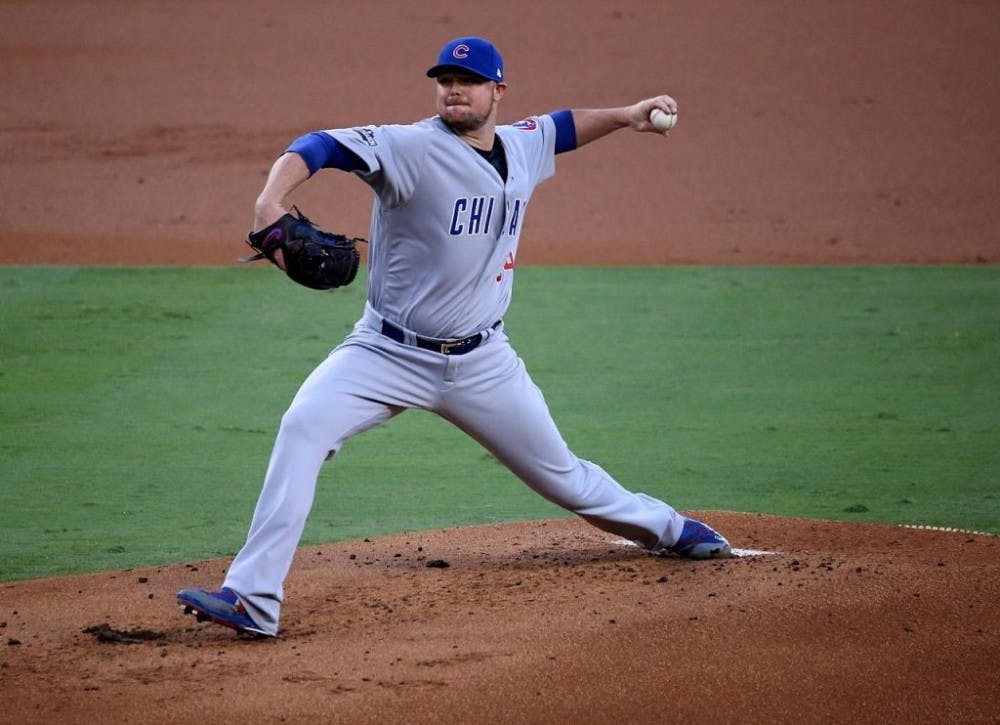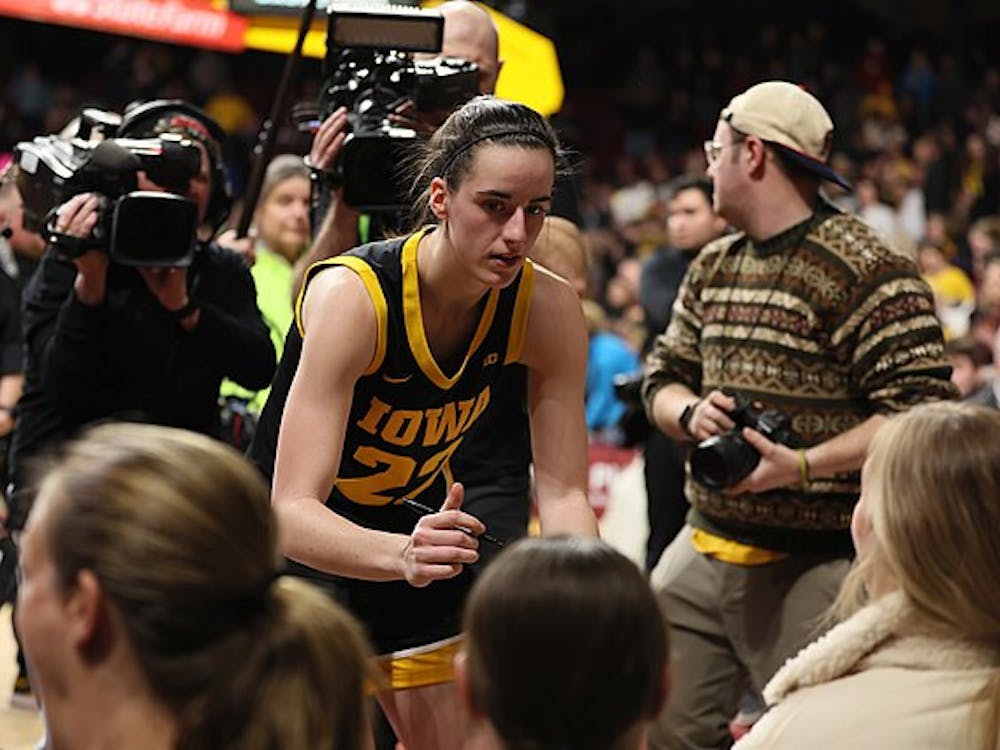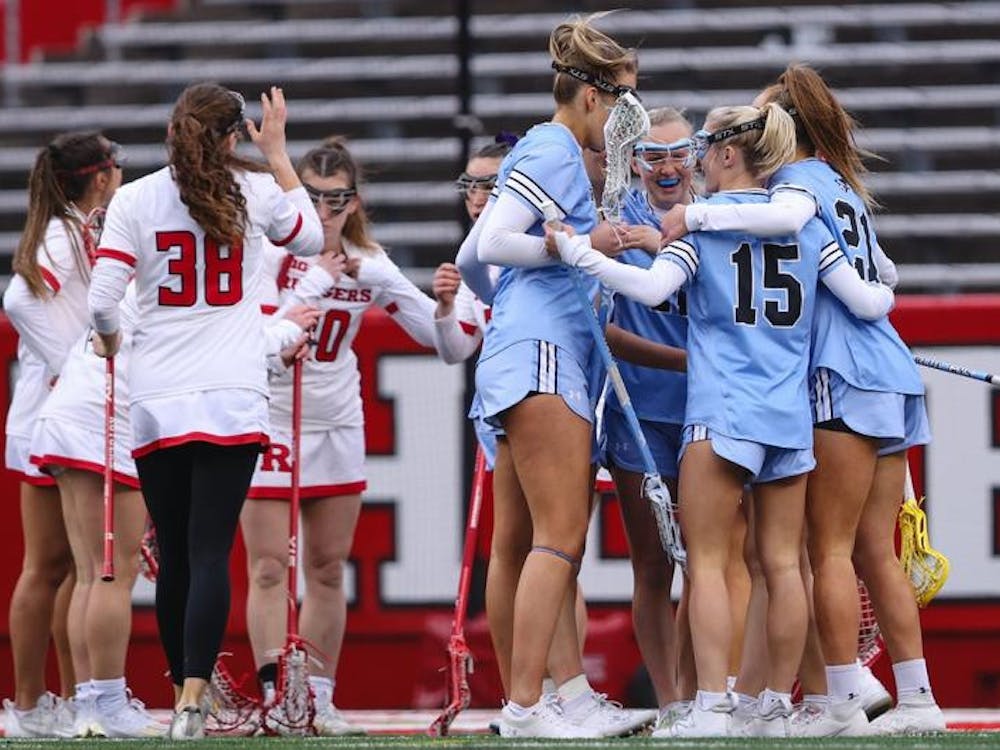This World Series is different than any other World Series in recent memory, not only because the Chicago Cubs won for the first time in 108 years or the fact the Cleveland Indians put up a good fight, but also because of how both managers are using their bullpens.
Only two pitchers in the series, Jon Lester and Corey Kluber, have pitched six innings. None have gotten a single out in the seventh (though Kluber has pitched six innings twice).
This has put an increased emphasis on the bullpens of both teams, which have been two of the best in baseball.
Starting with the Indians, it is impossible to talk about their bullpen without first bringing up Andrew Miller. Miller has picked up right where he left off in the American League Championship Series, in which he won Most Valuable Player honors.
Through Game 6, He has pitched five and a third innings, which is more than two of the Cubs’ starters and has eight strikeouts in those innings. While he showed he is human when he gave up a solo home run to Dexter Fowler in game four, he has still been the most dominant reliever in the series.
What adds to the intrigue is how Terry Francona uses Miller. He is always the first reliever off the bench when the Indians have the lead. Miller is always available to pitch, whether that is in the fifth inning, seventh inning or ninth inning. He also goes in for multiple innings at a time, something many relievers refuse to do.
Miller has said that he is willing to do whatever his manager feels best helps the team, and it seems Francona has decided that this is using Miller early and often.
The only pitcher who has been used more than Miller this World Series is Chicago’s Aroldis Chapman. Through Game 6, Chapman has logged six innings in the series, including three outings of more than one inning.
In game five, he was used for an eight out save and tallied one of the highest pitch counts of his career, only to come back in the next game to get four additional outs before the Cubs managed to open up the game.
Chapman’s stats have also rivaled Miller’s. In his six innings, he has nine strikeouts and has only given up one run on two hits and two walks. He has been sticking with his triple-digit fastball and absolutely dominating every hitter he has faced.
It is hard to tell if this stems from a lack of trust in the starting pitchers or a supreme confidence in their bullpens, the moves that Joe Maddon and Terry Francona have been making have paid off.
It seems like whatever team has the lead once relievers begin to enter the game is bound to win. And with relievers being put in even earlier than usual this series, there is a major emphasis on getting to the starting pitchers and scoring early.
It is these types of games where fans really understand what the great late Yogi Berra meant when he said “it gets late early out there.” In all but one out of the first six games, the winning run has been scored in the fifth inning or earlier.
This has also led to more lopsided scores, because both managers have been hesitant to use their stud relievers in situations where they do not have the lead.
This is partially due to the fact that when they use their big guns, they are not just throwing them out there for one inning. Every outing is an extended one for both Andrew Miller and Aroldis Chapman. Do not be surprised if it comes down to Miller versus Chapman in the decisive game seven.























Please note All comments are eligible for publication in The News-Letter.